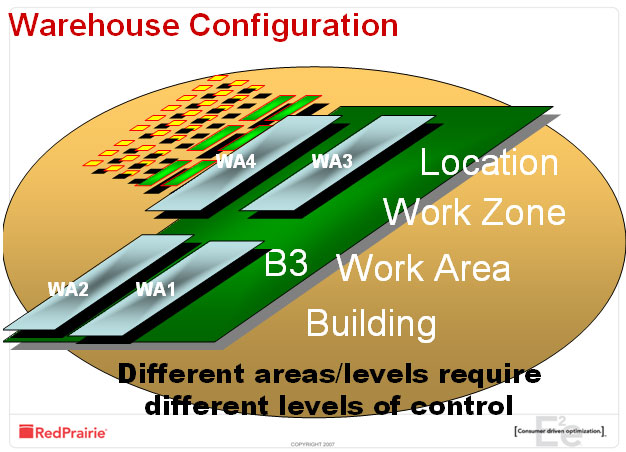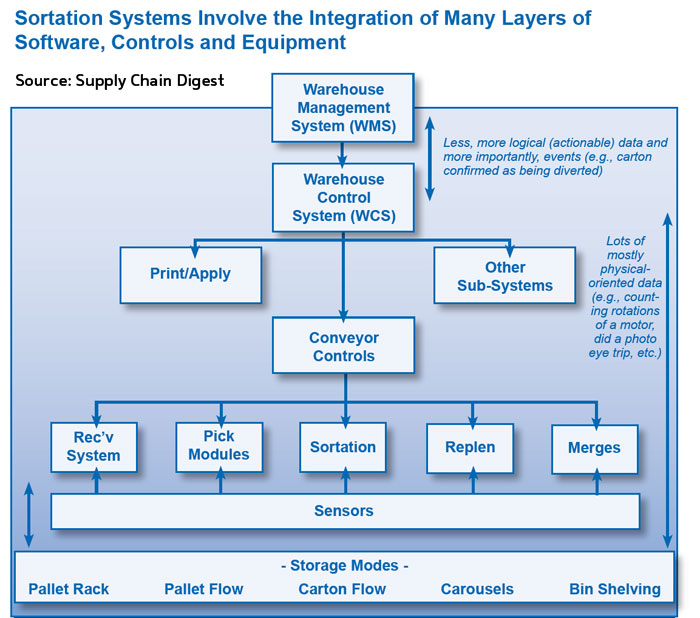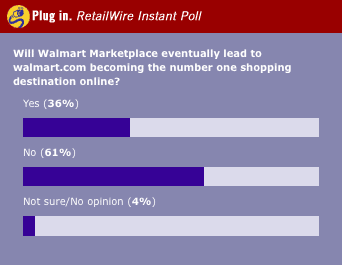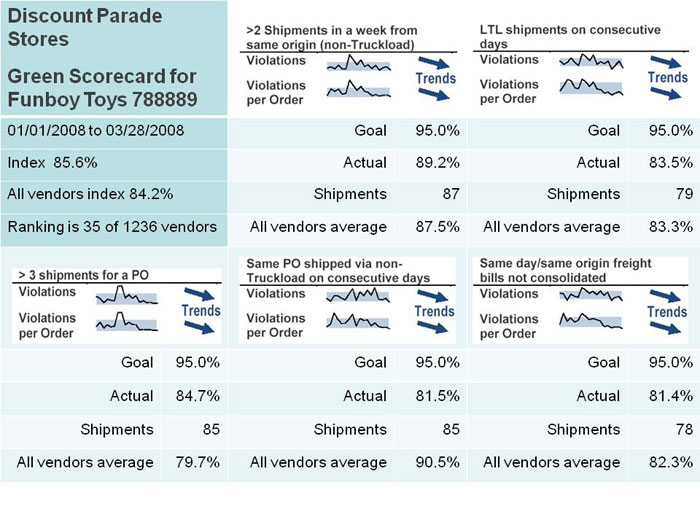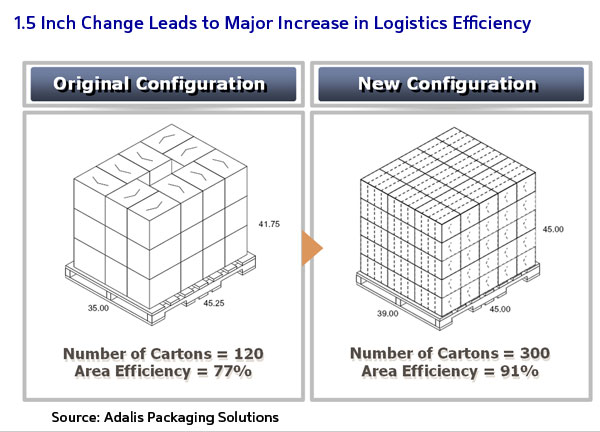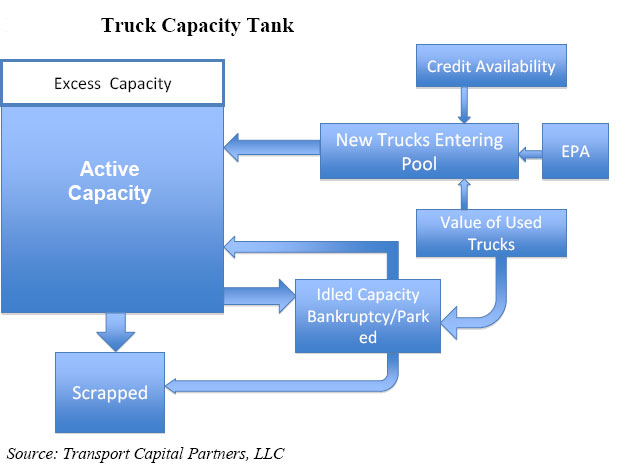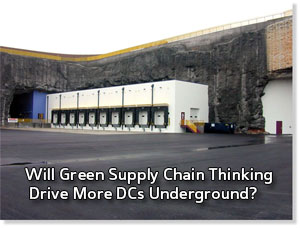 Source: www.thegreensupplychain.com
Source: www.thegreensupplychain.com"Underground distribution centers have been around for some time, but, in general, have been used primarily for storage, such as archived documents, rather than distribution, which required more intensive logistics operations.
Seems as if that is starting to change, a trend that may accelerate as the Green Supply Chain benefits of moving to “underground” start to impact supply chain decisions.
The facility was “designed with energy efficiency and sustainability in mind,” the company said at the time.
In general, underground DC space does not come from natural caves, which are usually not physically well suited to development and have issues with water and dampness. Instead, these facilities are developed from abandoned mines or quarries that once produced limestone or salt.
The natural temperature of these underground spaces is generally in the 60-65 degree range year round, with low humidity. As a result, energy costs for these facilities are much lower than a standard above-ground DC. For example, Kraft estimates that the electricity costs for its underground facility, which is a refrigerated space kept at 36 degrees, is 65% lower than a comparable above-ground building. In addition to the energy savings, there would be a corresponding reduction in associated CO2 emissions.
Unlike real caves, these facilities are also “bat free.”
Space is often developed specifically to meet a given shipper’s needs, but, in some cases, DC space is immediately available, either as a result of an existing client leaving or, in some cases, developed “on spec.”
The developers obviously need to work with local water and sewage authorities to make sure those services are provided to meet individual client requirements.
In addition to the energy savings and carbon emissions reduction, underground DC developers say that the space itself can often be leased at a discount per square foot as much as 35% versus above-ground space (though more space may be required, as ceiling heights, in general, are more limited than above-ground buildings). These also cite productivity benefits as operators work in a more comfortable environment, dramatically reduced risk of damage from tornadoes or other storms, little or no external maintenance costs, and significantly reduced issues with building security and theft.
It won’t be for everyone, and most areas don’t have such developments nearby, but we expect more companies to look at these underground facilities, especially under a cap-and-trade regime for carbon emissions."
